Living and working in a conservation area
There are tighter planning controls and obligations in conservation areas that affect -
- demolition work
- new development
- trees
- alterations
- additions and extensions
- advertisements and signs
Demolition work
You need planning permission to demolish unlisted buildings and walls in a conservation area. Listed buildings need listed building consent. The main exceptions to this are -
- the partial demolition of an unlisted building
- small unlisted buildings of less than 115 cubic metres or 4061 cubic feet in volume. Or any part of such a building, other than a pre-1925 tombstone monument or memorial to a deceased person
- unlisted agricultural or forestry buildings built after 1914
- unlisted -
- walls
- fences
- railings
less than one metre or 3 feet 3 inches high. This is where it is next to a public open space or highway, including footpaths or bridleways. Or they can be less than 2 metres or 6 feet 6 inches high in other places.
New development
New development can take place in conservation areas. It should aim to preserve and enhance the character of the area. This can be achieved through sympathetic conversions of existing buildings and good design.
Trees
All trees in conservation areas have special protection. This is the case even if they are not covered by a Tree Preservation Order (TPO). You will be committing an offence if you -
- cut down
- lop
- uproot
- wilfully destroy
a tree in a conservation area without first giving us 6-weeks' notice in writing.
We will consider -
- what you want to do
- the health and age of the tree
- the contribution it makes to the character of the area
before allowing you to go ahead or imposing a TPO.
You do not need consent for -
- work on dead, dying or dangerous trees - but you will need to give notice first
- work done by or for certain statutory undertakers
- pruning fruit trees under good horticultural practice
- work authorised by planning permission
- work to trees with a trunk diameter less than 7.5 cm - 3 inches. For example, a circumference of 24cm - 9.5 inches, or 10 cm - 4 inches - if thinning to help the growth of other trees, when measured 1.5 metres - 4 ft 11 inches - above ground level
Alterations, additions and extensions to housing
Various alterations, additions and extensions can be made to houses, subject to limitations. Besides to these normal planning requirements, the following will always need Planning Permission in Conservation Areas -
- the cladding of any part of the exterior of a house
- side extensions
- rear extensions of more than one storey
- the enlargement of a house consisting of an addition or alteration to its roof. For example, dormers
- buildings, enclosures, containers and pools at the side of a house
- chimneys, flues or soil and vent pipes installed on the principal elevation. Or if they are installed on a side elevation where they front a highway
- satellite dishes installed on a chimney, wall or roof slope. It faces onto, and is visible from, a highway, or installed on a building which exceeds 15m in height
Article 4 Directions
Householders can normally make minor alterations to their houses without requiring planning permission. This is called permitted development. In some areas, we have removed some of these rights by making Article 4 Directions. This is mainly in conservation areas. There are 26 Article 4 Directions in place in Hull. This does not in itself prohibit any action. It means that the householder must seek planning permission. This has to happen before carrying out certain works.
Planning portal
The Planning Portal is the government's online service to planning. It is a guide to planning permission and building regulations around your home.
Note, for businesses see the Office of the Deputy Prime Minister (ODPM) booklet
Advertisements and signs
You need extra consent for all illuminated advertisements in a conservation area. This is except for medical supplies or services. This will be as well as normal requirements.
Consent form
If you want to demolish any building in a conservation area, you need consent from Hull City Council. You need consent whether it is for total or partial demolishment. This is the case even if the building is not listed. There are some minor exceptions to this.
If you are not sure if the building is part of a conservation area, contact us by emailing dev.control@hullcc.gov.uk.

